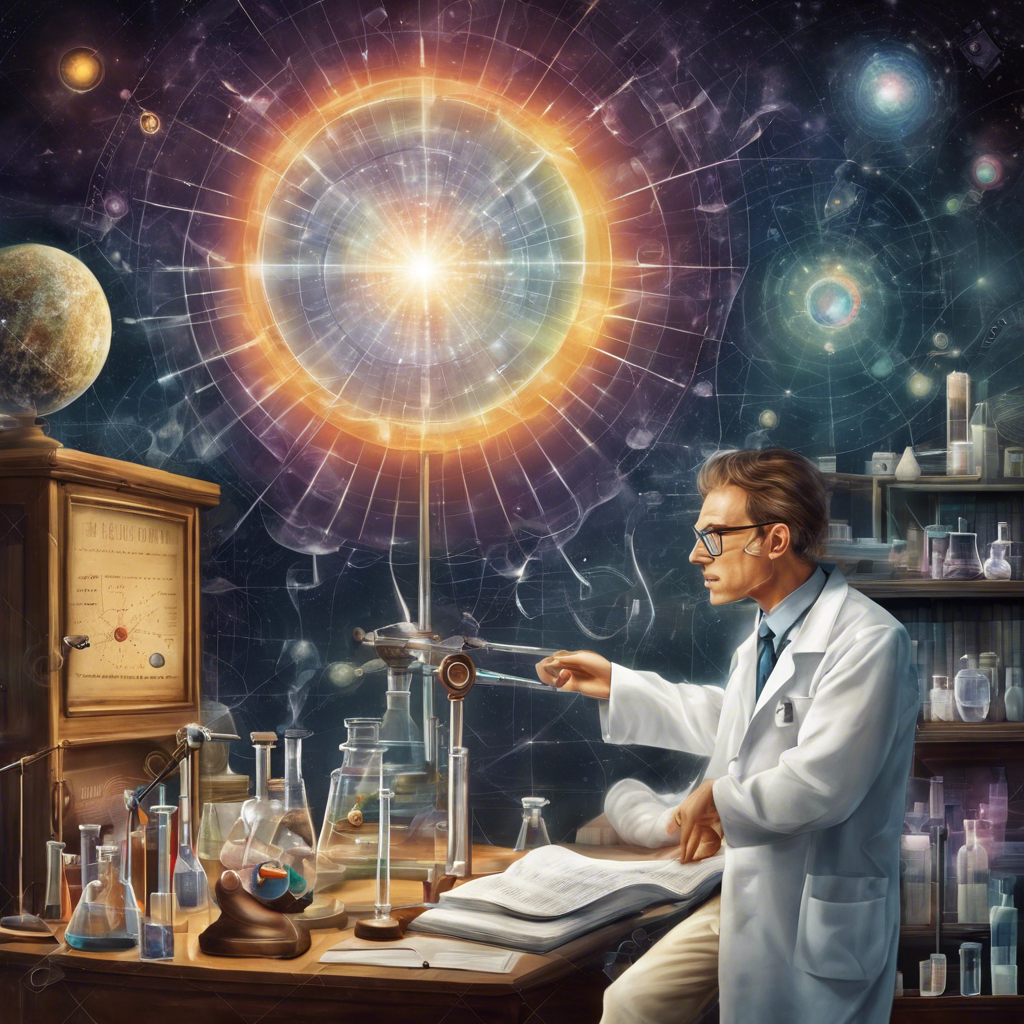The Changing Landscape of Science: From Disruption to Regulation

Reflecting on a Century of Scientific Innovation and its Consequences
As we approach the end of the second decade of the twenty-first century, it is worth taking a moment to reflect on the transformative power of scientific innovation. Looking back a century, we can see how the scientific landscape has evolved, from groundbreaking discoveries to practical applications that have shaped our lives. However, recent debates raise questions about whether science is becoming less disruptive and the importance of regulating new technologies. In this article, we will explore the historical context, the changing nature of scientific breakthroughs, and the need for global coordination in regulating emerging innovations.
The Revolution of the Twentieth Century
The twentieth century witnessed a revolution in physics, with Max Planck and Albert Einstein leading the way. Planck’s quantum theory laid the foundation for a new understanding of the subatomic world, while Einstein’s groundbreaking papers on the photoelectric effect, Brownian motion, and the theory of relativity reshaped our understanding of the universe. These discoveries were followed by significant advancements in genetics, chemistry, and anthropology, further expanding our knowledge of the natural world.
Practical Breakthroughs That Transformed Society
Scientific breakthroughs in the early twentieth century also had practical implications that transformed society. Belgian chemist Leo Baekeland’s invention of bakelite, the precursor to modern plastics, revolutionized manufacturing and consumer products. German chemists Fritz Haber and Carl Bosch’s method for producing ammonia became the basis for fertilizers, ensuring global food security. These innovations not only improved our quality of life but also raised concerns about their environmental impact.
The Changing Face of Science
The scientific landscape has undergone significant changes over the past century. The scale of research has expanded, with large, globally collaborating teams leading the way. Funding sources have shifted, with industries playing a predominant role. The dissemination of research has evolved, with papers being just one part of how science is communicated. Researchers now face new ethical, legal, and societal responsibilities, reflecting the complex nature of scientific inquiry in the modern age.
Disruptive Innovations of the Twenty-First Century
Contrary to claims that science is becoming less disruptive, the twenty-first century has witnessed groundbreaking discoveries that have opened new directions in scientific inquiry. The sequencing of the human genome and the development of gene-editing technologies have revolutionized medicine and paved the way for advancements such as mRNA vaccines. Fundamental physicists have made significant strides, discovering the Higgs boson and directly detecting gravitational waves. These achievements demonstrate the ongoing disruptive nature of scientific progress.
The Need for Regulation and Global Coordination
The past century has also taught us valuable lessons about the consequences of scientific innovation. Innovations such as plastics and artificial fertilizers have raised environmental concerns, leading to the establishment of legally binding agreements to mitigate their harms. As we enter the era of artificial intelligence (AI), there is a pressing need for global agreements to govern its development and application. The potential risks of generative AI and large language models must be carefully considered to ensure their benefits outweigh any potential harm. Regulation, similar to that of nuclear materials and drugs, is essential to prevent disruptive innovations from doing more harm than good.
Conclusion:
Looking back on a century of scientific innovation, it is clear that disruption has been a defining characteristic. From revolutionary discoveries to practical applications, science has transformed our world. However, as we navigate the complexities of the twenty-first century, there is a growing need for regulation and global coordination. Lessons learned from the past inform us of the importance of addressing the potential risks of emerging technologies, such as AI, to ensure they are harnessed for the greater good. By coordinating regulatory responses, we can shape a future where disruptive innovations are carefully managed to safeguard society, the economy, and the environment.





